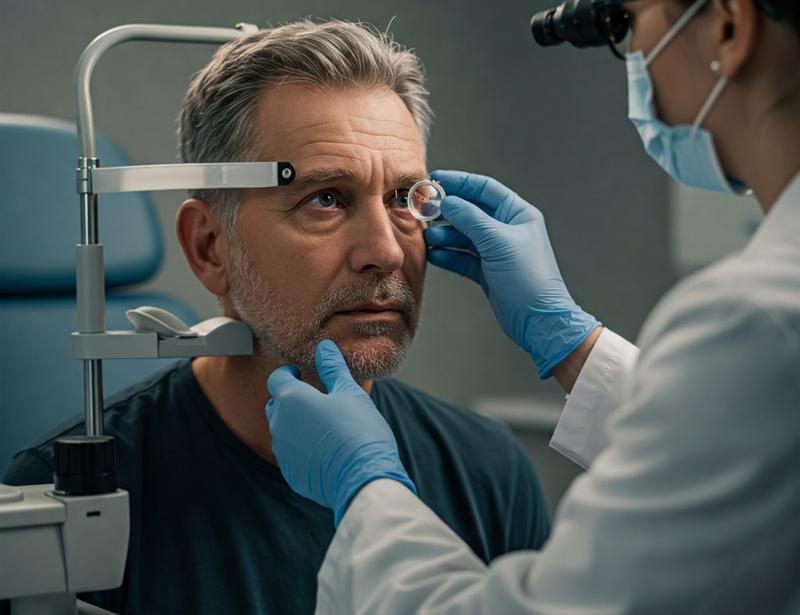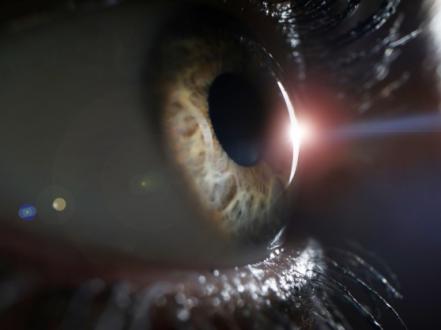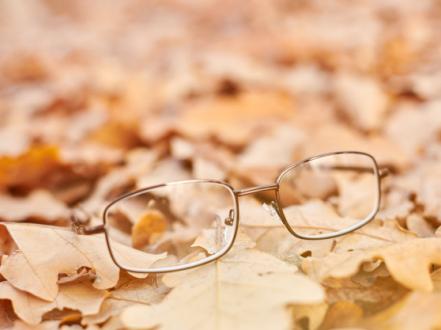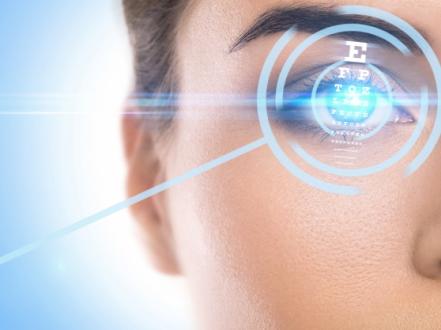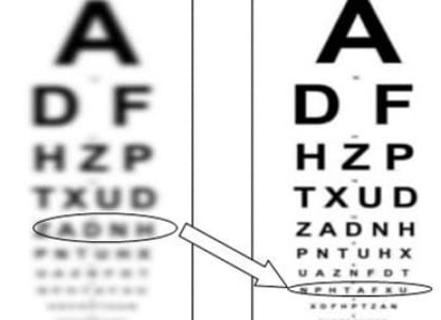Eye health is neglected until some changes are apparent. However, preserving your vision should be a goal at every stage of life. Vision loss now is a mounting problem everywhere worldwide, affecting people of all ages, from kids clustered on screens for hours to older people afflicted with age-related eye issues. Vision care tips, if followed daily, can reduce risks. Preventive actions are vital for taking care of your eyesight.
Vision loss can manifest in numerous ways: sudden versus gradual, partial versus complete. Some experience preliminary minor discomfort, while others quickly lose their sight. Because of the multi-aspected nature and variability in development, this issue must be understood initially to give rise to prevention and appropriate management.
Understanding Vision Loss and Its Symptoms
Vision loss is the loss or reduction of vision that cannot be rectified with regular eyeglasses or contact lenses. Vision problems can be in one or both eyes and can be sudden or gradual. It may be related to any number of eye conditions, like cataract, glaucoma, diabetic retinopathy, or macular degeneration.
A few examples of common indications of weakening vision are:
- Blurry vision: unable to focus on or have clear images.
- Peripheral vision decline: difficulty perceiving things to the side.
- Double vision: seeing two copies of an object.
- Pain in the eye: pain or soreness within or around the eye.
- Night blindness: inability to see well in dim light or at night.
- Red eyes: chronic inflammation.
- Headaches due to eye problems: pain caused by strain after focusing for long periods.
Other early warning signs are noticing floaters and flashes — brief flashes of light or little dots floating in your field of vision. While not always a serious condition, these are never to be dismissed. In addition, changes in your vision can be indicative of underlying conditions. One of the most common contributors is eye strain, especially for people who work extended hours in front of screens, generally without adequate lighting or frequent breaks.
The second symptom often overlooked is increased light sensitivity or a failure to accommodate brightness changes. This might occur when entering a dark room or outside during a sunny day. In more severe cases, people bump into objects or have trouble following moving targets, which indicates a loss of contrast sensitivity or visual tracking ability.
What Causes Vision to Get Worse?
Our vision is sometimes indicative of our general well-being. Aging is the most frequent reason and is simply the natural deterioration of eye tissue over time. But it's not the only reason. Chronic eye conditions, like glaucoma and macular degeneration, quietly destroy the retina or optic nerve if untreated.
Increased screen time is a modern-day problem. Blue light, reduced blinking, and sustained periods of focus strain the eyes and continuously impair vision. Additionally, some medical ailments, like diabetes, may result in diabetic retinopathy, a severe and typically irreversible eye complication. Uncontrolled blood sugar damages blood vessels in the retina, leading to progressive vision impairment.
Eye pressure also plays a sneaky but dangerous role. Increased pressure in the eye, often without any noticeable symptoms, is the most prevalent cause of glaucoma. It can gradually cause permanent damage to the optic nerve and seriously affect vision.
In addition, environmental factors like air pollution and chronic exposure to ultraviolet (UV) light can cause cellular stress in the eyes. External factors damage the cornea and retina, accelerate aging, and trigger vision loss. Lack of sleep, dehydration, and use of unregulated contact lenses also cause long-term deterioration.
What Is Bad for Eyesight?
There are everyday habits that appear harmless but secretly drain your vision. Inadequate lighting, especially when reading or in the workplace, can lead to long-term fatigue. Smoking is an additional source of oxidative stress and speeds up age-related deterioration.
Skipping your comprehensive eye exam is yet another grave error. Such exams are not just for prescription changes; they detect early signs of underlying conditions before anything shows up symptomatically.
Blindly disregarding the warning signs — blurry vision, pain, or persistent redness — delays treatment and healing. Furthermore, diet and lifestyle contribute more than most are aware of. A diet high in sugars, saturated fats, and lacking in nutrients like vitamin A, lutein, and omega-3 fatty acids can play a role in a higher risk of vision loss in the long term.
Extended exposure to dry air or too much screen time without adequate breaks can increase dryness and fatigue, subtly changing visual acuity over time. In addition, failure to wear protective eyewear at work or while participating in sports is a grievous mistake that can result in traumatic injury or long-term complications.
Is Loss of Vision in One Eye a Disability?
Yes, in most cases, blindness in one eye can be considered a disability under the law. While some manage to adapt over time, loss of vision in one eye impairs depth perception, sense of direction, and can render activities like driving or operating machinery. Medically, this disorder can be considered for disability allowance if it compromises an individual's capacity to work or live independently.
Further, emotional and psychological effects must not be ignored. Sudden loss of an eye's vision could result in more worry or depression, especially if daily life is made harder. It is for this reason that mental health support needs to form part of any care plan.
Weight, Lifestyle & Eye Health
Having a healthy weight is not only about being good-looking — it's healthy for your eyes. Excess weight can cause the development of type 2 diabetes and high blood pressure, both of which are leading preventable causes of blindness.
Taking a whole-lifestyle approach bolsters not only the body but also your vision. Exercise regulates blood supply to the eyes regularly, and the eye is fed by a nutritious diet that sustains the retina and optic nerve. Vitamins C and E, zinc, and antioxidants preserve the eyes against oxidative stress. It can even help deal with painful sensations and red or irritated eyes.
Less screen time and maintaining a good workspace ergonomics can reduce eye strain, with more time in sunlight in outdoor settings strengthening the eyes while reducing the progression of childhood nearsightedness.
Improved hydration, more restful sleep, and using relaxation skills like yoga or meditation can alleviate stress, thereby improving ocular performance and putting limits on increases in intraocular pressure. Simply put, if your body operates efficiently overall, your eyes do too. Thus, the risks of headaches from eye problems are low, and the comfort is guaranteed.
Diagnosis and Prevention
Early diagnosis is the foundation of healthy eyes. An eye test includes some tests to evaluate different aspects of your vision. These may be:
- Eye pressure tests (tonometry) are used to identify glaucoma.
- OCT (Optical Coherence Tomography) scans help view the retina layers.
- Visual field tests help measure peripheral vision.
These tools help detect problems long before symptoms are grave. Preventive measures like wearing sunglasses, managing chronic conditions, and checking up on unusual symptoms maintain your vision sharp and steady. Prevention is always cheaper than a cure when it comes to the eyes.
Parents must book children for early exams, since untreated vision issues may impair learning and development. Adults aged over 40 must have regular check-ups, particularly if there is a history of eye diseases in their families.
Conclusion
Protecting your vision is a lifelong responsibility. Whether you’re experiencing mild blurry vision or facing more serious symptoms, early attention makes a difference. For reliable guidance and access to the best eye doctor’s catalog, explore trusted sources of information and prioritize regular care. Healthy choices and professional support are your strongest allies in maintaining clear sight for years to come.
